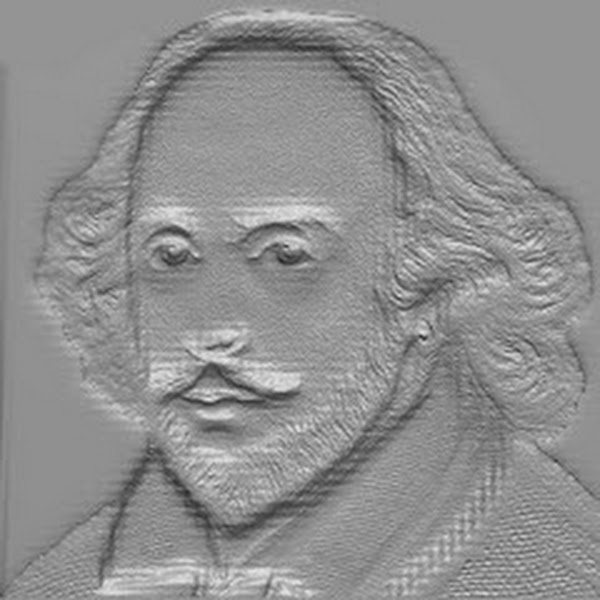A symbol in English literature is a literary device where a word, character, object, or concept is used to represent a deeper meaning beyond its literal interpretation. Symbols are often employed to convey complex ideas, themes, or emotions in a more subtle and layered manner, allowing readers to engage with the text on multiple levels. Authors use symbols to add depth and richness to their work, inviting readers to explore the symbolic significance within the narrative.
Here are a few examples of symbols in English literature:
- The Green Light in “The Great Gatsby” by F. Scott Fitzgerald:
- The green light at the end of Daisy’s dock symbolizes Gatsby’s unattainable dreams and aspirations. It represents both hope and the elusive nature of the American Dream.
- The Scarlet Letter in Nathaniel Hawthorne’s “The Scarlet Letter”:
- The scarlet letter ‘A’ worn by Hester Prynne symbolizes her adultery and serves as a symbol of societal judgment, punishment, and ultimately, her own redemption.
- The Mockingbird in Harper Lee’s “To Kill a Mockingbird”:
- The mockingbird is a symbol of innocence and purity. Characters such as Tom Robinson and Boo Radley are metaphorical mockingbirds, as they are unjustly harmed by society.
- The Ring in J.R.R. Tolkien’s “The Lord of the Rings”:
- The One Ring is a powerful and corrupting symbol that represents the allure of power and the destructive consequences it can have on those who seek it.
- The Conch Shell in William Golding’s “Lord of the Flies”:
- The conch shell is a symbol of order and civilization on the island. Its gradual deterioration mirrors the descent into chaos and savagery among the stranded boys.
Symbols contribute to the depth and richness of literary works, allowing readers to explore themes and interpretations beyond the surface narrative. The meaning of a symbol can be subjective and may vary depending on the context and the reader’s perspective.
 CSP
CSP